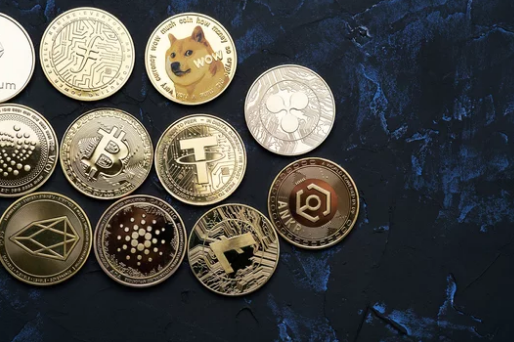Cryptocurrency has emerged as one of the most exciting investment opportunities of the 21st century. While short-term trading can be tempting, it’s often risky due to the market’s volatility. Long-term investing, also known as HODLing, focuses on holding crypto assets for months or years to benefit from potential growth.
If you’re interested in building a sustainable crypto portfolio, here are the best strategies for long-term investing.
1. Choose Established Cryptocurrencies
When investing for the long term, focus on proven cryptocurrencies with strong networks and adoption. Examples include:
- Bitcoin (BTC): Often called digital gold, it’s widely recognized and considered a store of value.
- Ethereum (ETH): Supports smart contracts and decentralized applications, with a growing ecosystem.
Tip: Avoid putting all your funds into untested “altcoins” with no real-world use case.
2. Diversify Your Portfolio
Diversification reduces risk and increases your chances of success. Consider:
- Allocating a larger portion to stable, established coins (BTC, ETH).
- Adding smaller amounts to promising altcoins or projects with strong fundamentals.
- Including stablecoins for liquidity and to mitigate volatility.
A balanced portfolio protects you from losses in case one investment underperforms.
3. Use Dollar-Cost Averaging (DCA)
Dollar-cost averaging means investing a fixed amount of money at regular intervals, regardless of the market price.
Benefits:
- Reduces the impact of market volatility.
- Prevents emotional investing decisions.
- Helps accumulate assets gradually over time.
Example: Instead of investing $10,000 at once, invest $500 every month.
4. Secure Your Investments
Long-term investors must prioritize security:
- Use hardware wallets (cold storage) for large holdings.
- Enable two-factor authentication (2FA) on exchanges and wallets.
- Keep backup recovery phrases in a safe place.
- Avoid keeping significant funds on exchanges long-term.
Security ensures your investments are protected even if the market is volatile.
5. Stay Informed About Market Trends
While long-term investing reduces the need to monitor daily price swings, staying informed is still important:
- Follow news about major cryptocurrency developments.
- Track regulatory changes that could affect your holdings.
- Monitor network upgrades, partnerships, or adoption milestones.
Knowledge allows you to make timely adjustments to your portfolio if necessary.
6. Avoid Emotional Decisions
Cryptocurrency prices can be extremely volatile. Panic selling during dips or FOMO buying during rallies can harm long-term returns.
Strategies to manage emotions:
- Stick to your investment plan.
- Focus on long-term goals rather than daily fluctuations.
- Use alerts or automatic investment plans to reduce impulsive decisions.
7. Consider Staking and Earning Passive Income
Some cryptocurrencies allow long-term holders to earn additional rewards:
- Staking: Locking crypto to help validate transactions on Proof-of-Stake networks.
- Yield Farming or Lending: Using crypto to earn interest through decentralized finance (DeFi) platforms.
These strategies can grow your holdings while you HODL, but always research risks before participating.
8. Plan an Exit Strategy
Even for long-term investors, it’s important to have an exit strategy:
- Decide in advance when to take profits or rebalance your portfolio.
- Set target price ranges or percentage gains for selling.
- Be flexible but avoid making decisions solely based on market panic.
A clear plan ensures your long-term strategy remains disciplined and goal-oriented.
Conclusion
Long-term crypto investing requires patience, research, and discipline. By focusing on established coins, diversifying your portfolio, using dollar-cost averaging, securing your holdings, and avoiding emotional decisions, you can maximize your chances of success.
Cryptocurrency is volatile, but a thoughtful long-term approach turns it into a powerful wealth-building tool. Remember: think strategically, stay informed, and invest responsibly.





